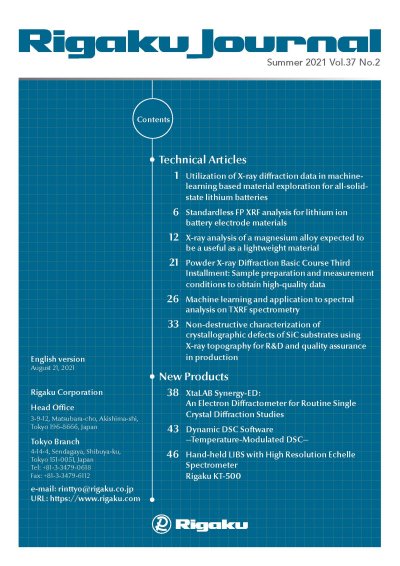Lithium-ion batteries are secondary (rechargeable) batteries that are used for a wide range of applications, from mobile devices to electric vehicles, as they combine both high energy density and excellent power characteristics. In recent years, research has been conducted toward the realization of an all-solid-state lithium battery, in which the organic electrolyte is replaced with a solid lithium conductor. In many existing battery systems, including lithium-ion batteries, the electrolyte in which the supporting salt is dissolved is responsible for transporting carrier ions between the electrodes; in all-solid-state batteries, ion transport is performed by a solid electrolyte. At the same time, electrons flow through the external circuit, delivering power to the devices. The use of a solid electrolyte is believed to eliminate problems such as liquid leakage and electrical shorts, as well as explosions that can occur when an organic electrolyte is used, thus improving safety and reliability.
Discovering and producing an effective solid electrolyte is a significant challenge in developing solid-state lithium batteries. This means that a pure ionic conductor is required, in which only lithium ions diffuse at high speed, without electron conduction taking place. Various material systems, such as glass, glass ceramics, crystals, and polymers, have been developed as solid electrolytes. Thus far, sulfide-based materials are the only materials that exhibit ionic conductivity characteristics comparable to existing liquid electrolytes (≧10⁻² S cm⁻¹).
Many researchers have been developing and analyzing potential electrode materials and solid electrolytes, with a particular focus on crystalline materials. All-solid- state lithium batteries would give rise to the possibility of all battery components being made from crystalline materials; therefore, the importance of phase identification and crystal structure analyses by X-ray diffraction (XRD) measurements will increase.
In this technical note, we will introduce XRD measurements and explore how the data can be used in the search for materials related to all-solid-state batteries, along with examples of our own research.

